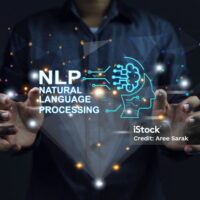Activation Function _ day 11
Activation Functions in Neural Networks Activation Functions in Neural Networks: Why They Matter ? Activation functions are pivotal in neural networks, transforming the input of each neuron to its output signal, thus determining the neuron’s activation level. This process allows neural networks to handle tasks such as image recognition and language processing effectively. The Role of Different Activation Functions Neural networks employ distinct activation functions in their inner and outer layers, customized to the specific requirements of the network: Inner Layers: Functions like ReLU (Rectified Linear Unit) introduce necessary non-linearity, allowing the network to learn complex patterns in the data....

